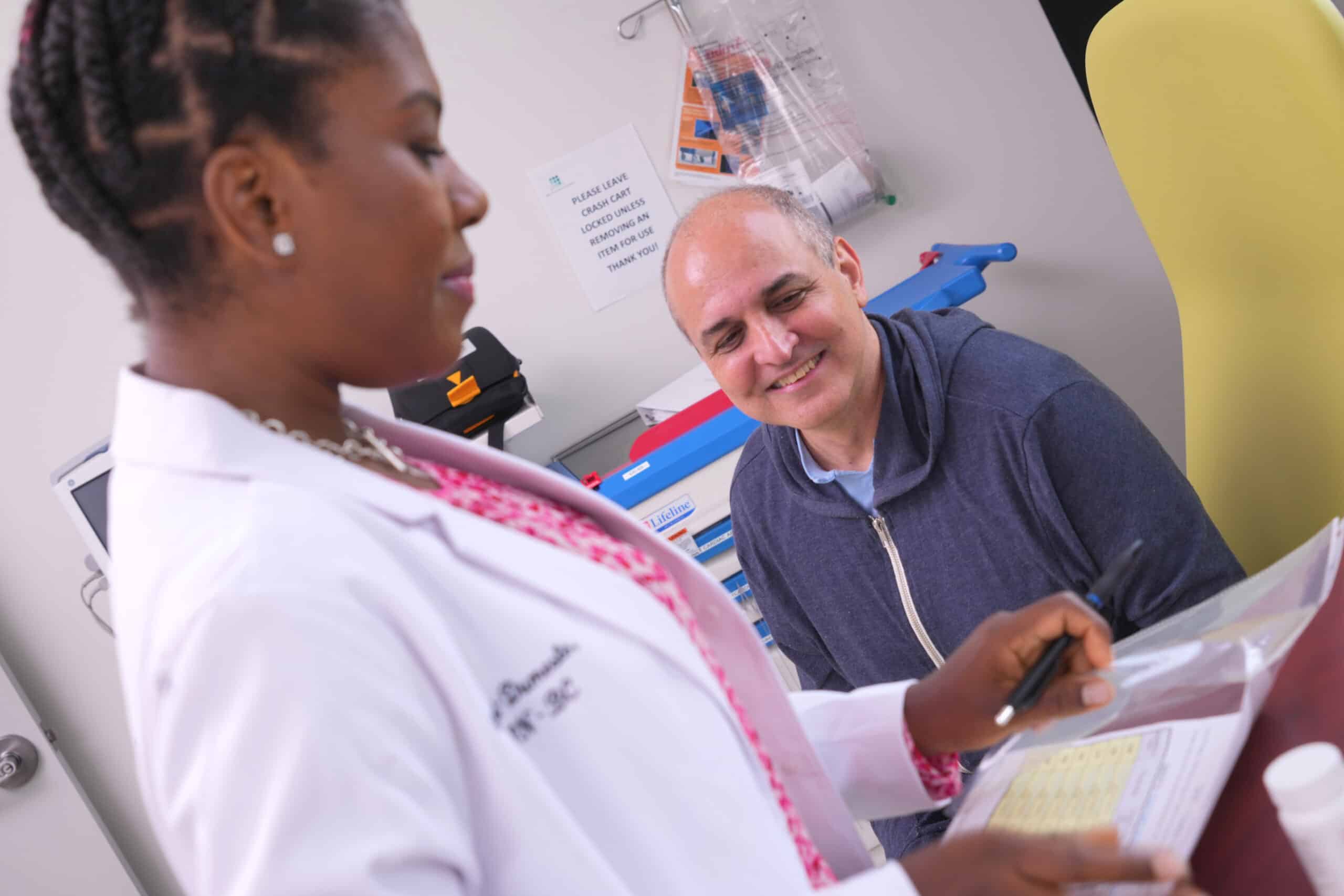Limits on Annual Participation
General Guidelines on How Many Trials an Individual Can Participate in Per Year
The number of clinical trials an individual can safely participate in per year is generally limited to protect their health and to ensure the integrity of the trial data.
While there is no universal rule, a common guideline is that individuals should not participate in more than a few clinical trials per year. This limit helps prevent overexposure to experimental therapies and allows sufficient time for the body to recover between trials.
Regulatory bodies, such as the FDA, provide guidelines to ensure that participants are not overexposed to experimental treatments. These regulations include mandatory washout periods between trials, during which participants must refrain from enrolling in new studies to ensure that previous treatments have been fully cleared from their system.
The Role of Trial Duration and Required Recovery Periods
The duration of each trial and the required recovery period between trials are crucial in determining how many trials an individual can safely participate in annually. Longer trials, especially those that involve intensive treatments or significant medical interventions, typically require extended recovery periods. These periods allow participants to return to their baseline health before considering another trial.
- Short Trials: For shorter trials with minimal interventions, participants might be able to participate in multiple studies within a year, provided there is adequate recovery time and no conflicting treatments involved.
- Long-Term Trials: Trials that last several months or require extensive follow-up will naturally limit the number of other trials a participant can join within the same year. Recovery periods after such trials may be longer to ensure that any delayed side effects or health impacts are fully addressed.
In summary, while there is flexibility in how many trials a person can participate in within a year, this decision must be made carefully considering the type of trial, the participant’s health, and regulatory guidelines. Adhering to these limits ensures participant safety and the integrity of clinical research.
Factors Affecting Participation Limits
Several factors influence how many clinical trials an individual can participate in within a year. These factors are crucial to ensuring both the safety of the participant and the integrity of the research data collected during the trials.
Regulatory Guidelines and Ethical Considerations
Regulatory guidelines are crucial in governing how many clinical trials an individual can participate in annually. These guidelines are established by organizations such as the U.S. Food and Drug Administration (FDA) and similar regulatory bodies worldwide to ensure participant safety and the validity of the clinical trial data.
- Participant Safety: Regulatory guidelines are designed to minimize the risk of harm to participants by limiting their exposure to potentially harmful treatments. For example, the FDA has specific rules regarding the “run-in-period,” which is the time required between participating in different trials to ensure that a previous treatment has been fully cleared from the participant’s body. This helps prevent drug interactions and other health risks.
- Trial Integrity: These guidelines also aim to protect the scientific integrity of the trials by preventing participants from being involved in multiple studies simultaneously or too frequently. This ensures that the data collected from each trial is accurate and not influenced by variables introduced through overlapping participation in other studies.
Safeguarding Simultaneous Participation in Clinical Trials
Several factors influence how many clinical trials an individual can participate in within a year. These factors are crucial to ensuring the participant’s safety and the integrity of the research data collected during the trials.
Ensuring the safety of participants and the reliability of research data requires careful regulation of how many clinical trials an individual can participate in simultaneously or within a given time frame. Key systems and guidelines are in place to address these concerns.
Key Safeguards
- Regulatory Guidelines
Regulatory bodies, such as the FDA in the United States, establish protocols to protect participants from the risks of frequent trial involvement. These guidelines often impose limits on participation, especially for trials involving high-risk treatments or those in early phases. - Verified Clinical Trials (VCT) Registry
The Verified Clinical Trials (VCT) Registry plays a critical role in preventing individuals from enrolling in multiple studies simultaneously. This protects participants’ health and ensures the integrity of trial data.- Global Reach: The VCT Registry operates in nearly 50 countries, detecting and preventing duplicate enrollments in clinical trials.
- How It Works: This secure, internet-based system stores information about research subjects’ screening and participation across various trial sites. It incorporates biometric fingerprint verification technology to detect and prevent dual screening and enrollment.
- Adoption by Research Sites: Numerous clinical research sites, including Biotrial in the United States, utilize the VCT Registry to uphold ethical standards and maintain reliable research practices.
Through these safeguards, clinical trials can prioritize participant safety while ensuring data accuracy and research validity.
Ethical Considerations for Limiting Participation to Protect Participant Health
Ethical considerations are at the forefront of decisions regarding clinical trial participation limits. Researchers and regulatory bodies prioritize the health and well-being of participants through several ethical practices:
- Informed Consent: Before enrolling in a clinical trial, participants must give informed consent, acknowledging that they understand the risks involved, including the potential impact of participating in multiple trials. Ethical guidelines require that participants are fully aware of the limitations and risks before they commit to a study.
- Minimizing Harm: One of the primary ethical principles in clinical research is “do no harm.” Limiting the number of trials a participant can join helps prevent physical and psychological harm that could result from overexposure to experimental treatments. Researchers are ethically obligated to ensure that participants are not placed at undue risk.
- Confidentiality and Data Protection: Ethical guidelines also ensure that participants’ information is kept confidential and that their involvement in multiple trials does not compromise their privacy. Regulatory frameworks require that participant data be handled with the highest levels of security, especially when cross-referencing between different studies.
These regulatory guidelines and ethical considerations work together to create a safe and responsible environment for clinical trial participants, ensuring their health is protected while contributing to valuable medical research. Understanding these aspects is crucial for anyone considering participation in multiple clinical trials.
Health and Safety Concerns
The Role of Health Status in Determining Participation Limits
A participant’s overall health status is a critical factor in determining how many clinical trials they can safely participate in within a year. Health assessments are typically conducted before enrolling in a trial to ensure that the participant is physically and mentally fit to handle the demands of the study. These assessments help researchers gauge whether the participant can safely participate in multiple trials or if they should wait longer between studies to recover fully.
Potential Risks of Participating in Multiple Trials
Participating in several clinical trials can pose several risks to a participant’s health, particularly when the trials involve experimental drugs or treatments. These risks include:
- Cumulative Drug Effects: If a participant does not have adequate time between trials to eliminate a previous treatment from their system, there is a risk of drug interactions or cumulative effects, which could lead to unexpected and potentially harmful side effects.
- Weakened Immune Response: Frequent participation in trials with experimental treatments may compromise the participant’s immune system, especially if the treatments are immunosuppressive or carry a high risk of infection.
- Increased Physical and Mental Stress: Repeated participation in clinical trials can place significant physical and psychological strain on participants. The stress of undergoing multiple treatments, tests, and procedures can lead to fatigue, anxiety, or other mental health concerns, impacting the participant’s overall well-being.
Importance of Medical Monitoring During Trials
Continuous medical monitoring between clinical trials is essential to ensure that participants remain in good health and to identify any potential issues early on. This monitoring involves regular health check-ups, blood tests, and other assessments that help track the participant’s recovery from previous trials and readiness for future ones.
- Tracking Adverse Effects: Regular monitoring allows researchers to detect any lingering adverse effects from previous trials, ensuring that participants do not carry over unaddressed issues into the next study.
- Ensuring Recovery: Medical monitoring also helps confirm that participants have fully recovered from any side effects or health impacts before they enroll in another trial. This is especially important for high-risk trials where participants are exposed to new and potentially unknown treatments.
- Preventing Overexposure: By closely monitoring the participant’s health, researchers can prevent overexposure to experimental treatments, which might otherwise lead to severe health complications.
In conclusion, the health and safety of participants are paramount in clinical research. Understanding and adhering to participation limits, along with consistent medical monitoring, helps protect participants while allowing them to contribute to important medical advancements.
Conclusion
Understanding the limits on how many clinical trials you can safely participate in within a year is essential for protecting your health and ensuring the integrity of the research. While clinical trials offer the opportunity to contribute to medical advancements and access new treatments, it’s crucial to recognize that over-participation can pose significant risks.
Regulatory guidelines, ethical considerations, and health assessments all play a role in determining these limits, helping to prevent overexposure to experimental treatments and ensuring that participants are monitored closely throughout their involvement.
At Biotrial, we prioritize your safety by carefully managing participation limits and providing continuous medical monitoring. We are committed to conducting clinical trials with the highest standards of safety and scientific rigor, ensuring that every participant is protected while contributing to groundbreaking medical research.If you’re interested in participating in a clinical trial and want to learn more about how we ensure your safety, sign up or contact us today. We’re here to guide you through the process and help you make a meaningful contribution to the future of healthcare.




